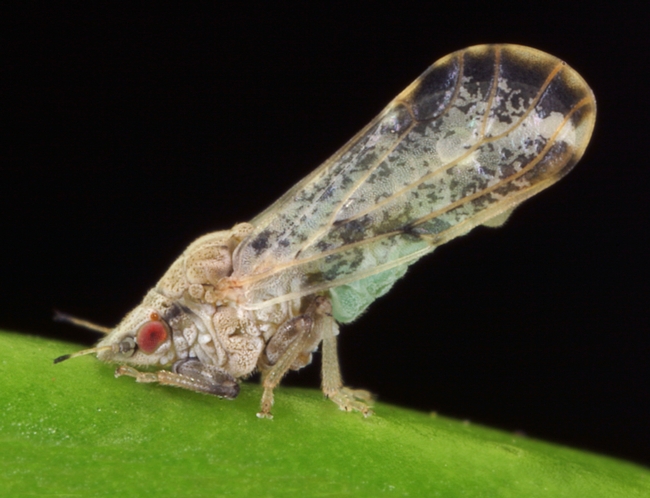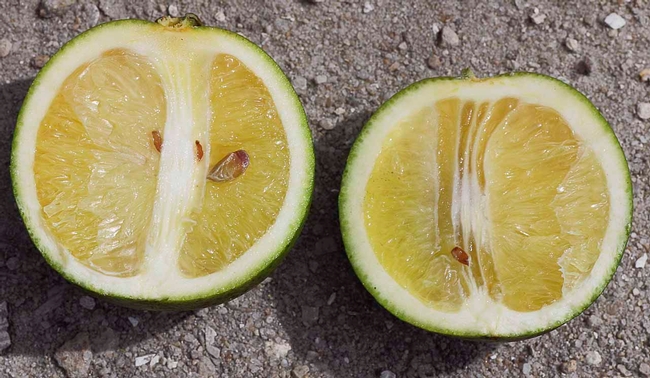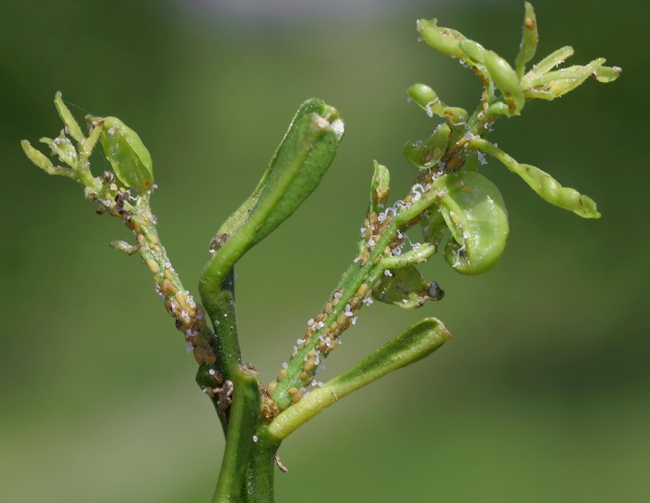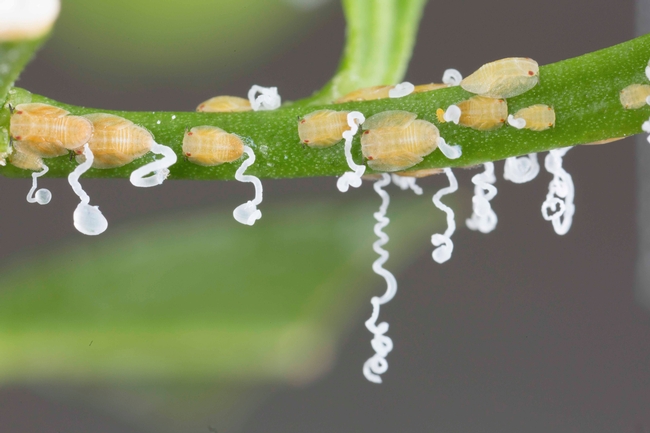By Jeanette Alosi, UC Master Gardener of Butte County, May 3, 2019
Butte County is known for its delicious citrus. Mandarins are grown commercially in our “banana belt” foothills, and residents in the valley can enjoy citrus grown in their own gardens. However, a tiny flying insect the size of an aphid poses a grave threat to our local citrus. This insect is the Asian citrus psyllid (ACP), a vector for a dangerous and fatal bacterium (Candidatus Liberibacter asiaticus) that causes Huanglongbing (HLB) disease, previously known as Citrus Greening disease. HLB has devastated the Florida citrus industry and has been found in Southern California. Recently the Asian citrus psyllid itself (but not HLB) was found in Sacramento, just 100 miles south.

ACP was first detected in Southern California in 2008, followed by HLB detection in 2012. The psyllid has expanded into the Central Valley, the Central Coast and as far north as the Bay Area and Sacramento. So far there has been no detection of HLB disease outside of Southern California.
There is no cure for HLB, which can kill a tree in 5 to 8 years. Because HLB can only be spread via the ACP, the key to prevent HLB is monitoring for, and controlling, the psyllid.
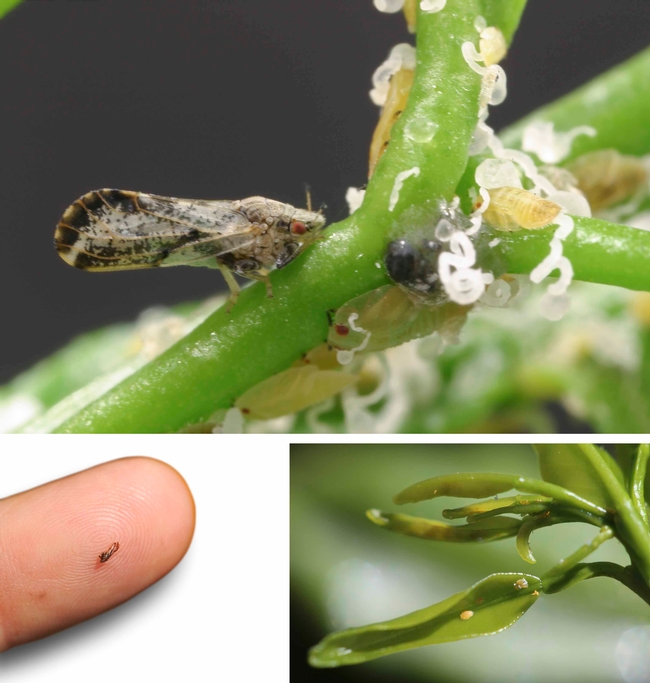
Adults only live for a few months but can lay several hundred tiny, yellow-orange, almond-shaped eggs in fresh new citrus growth. The tiny wingless nymphs hatch from the eggs and are yellow, orange or brown. They molt 4 times, increasing in size each time.
ACP nymphs only feed on new citrus shoots and leaves. As they feed, a toxin is injected causing leaves to twist and curl, sometimes killing new shoots. Nymphs also produce excess sap or honeydew which promotes the growth of sooty mold. To direct the honeydew away from their bodies, they produce waxy, white tubules. The tubules are unique to the nymphs and are easily identified. Other insects such as aphids can cause these same symptoms, but they do not produce tubules nor are they a vector for the bacterium causing HLB.
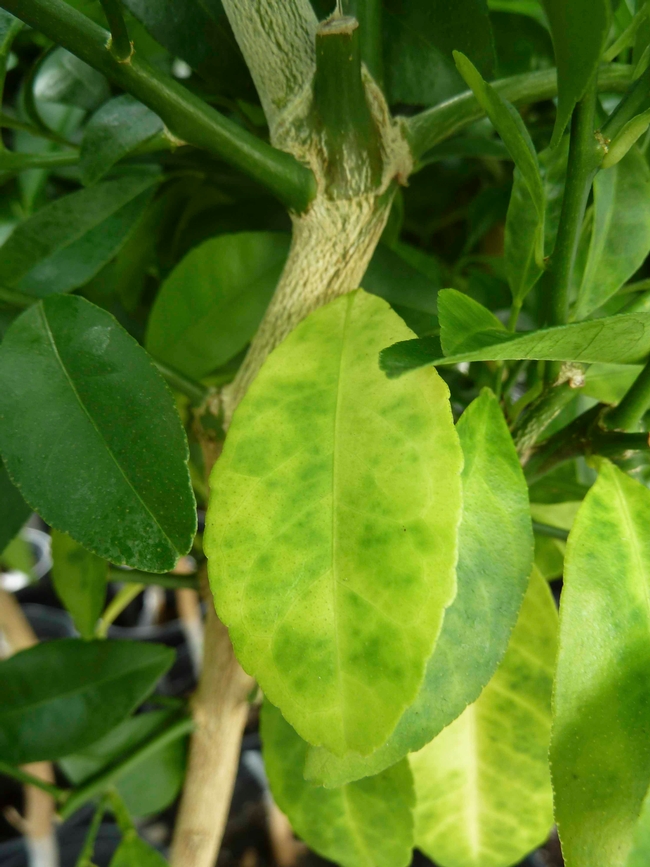
Now that the ACP is firmly established in California, the Department of Food and Agriculture (CDFA) is tracking its distribution through the use of yellow sticky traps in commercial and residential areas. ACP quarantine zones are being used to restrict the transport of citrus trees and the spread of the psyllid. Biological controls using predators and parasites that feed on the ACP are being used to help control (but not eradicate) the ACP.
The University of California Division of Agricultural and Natural Resources has an updated map on the spread of the ACP and HLB you can find at https://tinyurl.com/y4lchxk7. A California regulation and quarantine boundary map can be found at http://tinyurl.com/y3ftxzzu.
How you can help. Monitoring citrus for the presence of the ACP and symptoms of HLB is key for controlling this fatal disease. Inspect your citrus any time there is a flush of newly developing leaves; especially in springtime (now), and later on the fall flush. Like aphids, psyllids feed on new, developing leaves. Look for evidence of the ACP in new growth by checking for:
- Adult psyllids feeding, head down and rear end in the air (a 45 degree angle)
- Twisted or notched leaves in new growth
- Sticky honeydew and black sooty mold
- Nymphs that produce waxy, white tubules
- Tiny, yellow, almond-shaped eggs
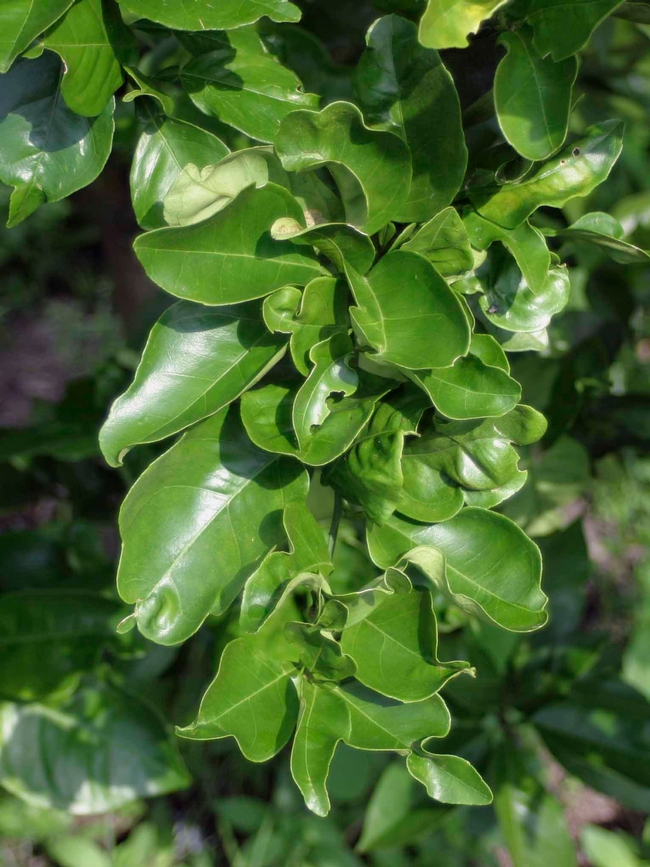
Control ants that like to “farm” the psyllid honeydew to feed their young. Ants will protect the psyllids from their natural enemies such as parasites and other predators. Only purchase citrus trees from reputable sources and DO NOT transport citrus trees, fruit, or cuttings from areas known to harbor the psyllid.
If you suspect the presence of the ACP or any evidence of HLB disease, immediately contact the Butte County Agricultural Commissioner's Office (530-538-7381), or the CDFA Citrus Threat hotline (800-491-1899).
Sources for more information include:
The UC IPM Publication for ACP and HLB Disease at http://tinyurl.com/yy6jtgy9
California Department of Food and Agriculture at https://www.cdfa.ca.gov/plant/acp/
Citrus Pest & Disease Prevention Program at http://californiacitrusthreat.org/
For more information on gardening in our area, visit the Butte County Master Gardener web page at: http://ucanr.edu/sites/bcmg/. If you have a gardening question or problem, call our Hotline at (530) 538-7201 or email mgbutte@ucanr.edu.
All photos are from the University of California Division of Agriculture and Natural Resources (ANR).
Attached Images:
